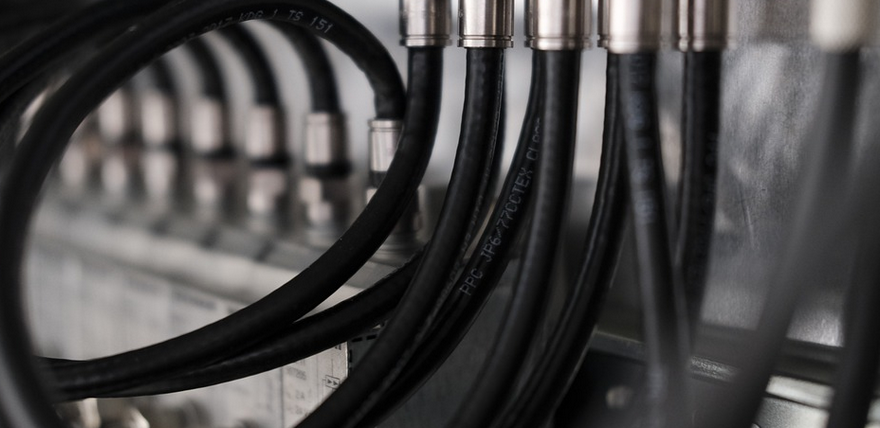Understanding How Your Automatic Transmision Works
Ever wondered how your automatic car shifts gears effortlessly while you’re cruising? It all comes down to a sophisticated system of components and clever algorithms designed to maximize efficiency, comfort, and control.
At the heart of this magic lies the **automatic transmission**, specifically designed to handle gear changes without your direct input. Instead of manually shifting gears like in a manual car, automatics rely on a complex interplay of sensors, solenoids, and hydraulics to find the optimal gear ratios for different speeds and driving conditions.
The process begins with an **engine control unit (ECU)** that analyzes various factors like engine speed, vehicle speed, and even load. This information is then used by a **torque converter** – a fluid-filled device that connects the engine to the transmission – which assists in smooth power transfer.
The Magic of Downshifting
Automatic transmissions excel at downshifting, but why? It’s all about managing speed and optimizing fuel efficiency! When you brake or slow down, your automatic transmission detects this change and shifts to a lower gear for increased engine torque. This helps maintain momentum and allows you to smoothly navigate challenging terrain.
But how does it know when to downshift? It utilizes a variety of sensors, including:
1. Speed Sensors
These sensors constantly monitor your vehicle’s speed. When the car reaches a certain speed, the system anticipates a need for shifting down and prepares accordingly.
2. Engine Speed Sensors
Engine speed sensors provide crucial information about how hard your engine is working. When the engine revs drop, it signals the transmission to shift gears.
3. Vehicle Load Sensors
These sensors measure how much weight your vehicle is carrying. The heavier the load, the greater the engine’s strain and the more likely the transmission will need to downshift for a smoother ride.
Why Downshifting Matters
Downshifting is crucial for maintaining control over your vehicle and navigating different driving conditions smoothly. It ensures:
* **Improved Acceleration:** Downshifting allows your engine to deliver more power, enabling faster acceleration, especially when overtaking or merging into traffic.
* **Fuel Efficiency:** By optimizing gear ratios, automatic transmissions can lower fuel consumption by utilizing the most efficient gear for the given speed and load. This translates to saving money on gas!
* **Increased Comfort:** Downshifting makes driving more comfortable by allowing for smoother transitions between gears, even when navigating through traffic or hills.
Downshifting: A Matter of Practice
As you become more familiar with your vehicle’s automatic transmission, you’ll start to recognize how downshifting can make driving a much more enjoyable experience. It’s all about understanding the nuances of speed and load to achieve optimal performance.
Remember: While automated transmissions handle most gear changes smoothly, you might need to engage **”hill-descent mode”** for steep descents or low-speed maneuvers. This feature ensures a controlled descent without unnecessary engine strain.
With practice and experience, you’ll be able to better interpret your vehicle’s automatic transmission behavior and make the most of its capabilities. You’ll find yourself enjoying the seamless transitions between gears and the enhanced control it offers on the road!



